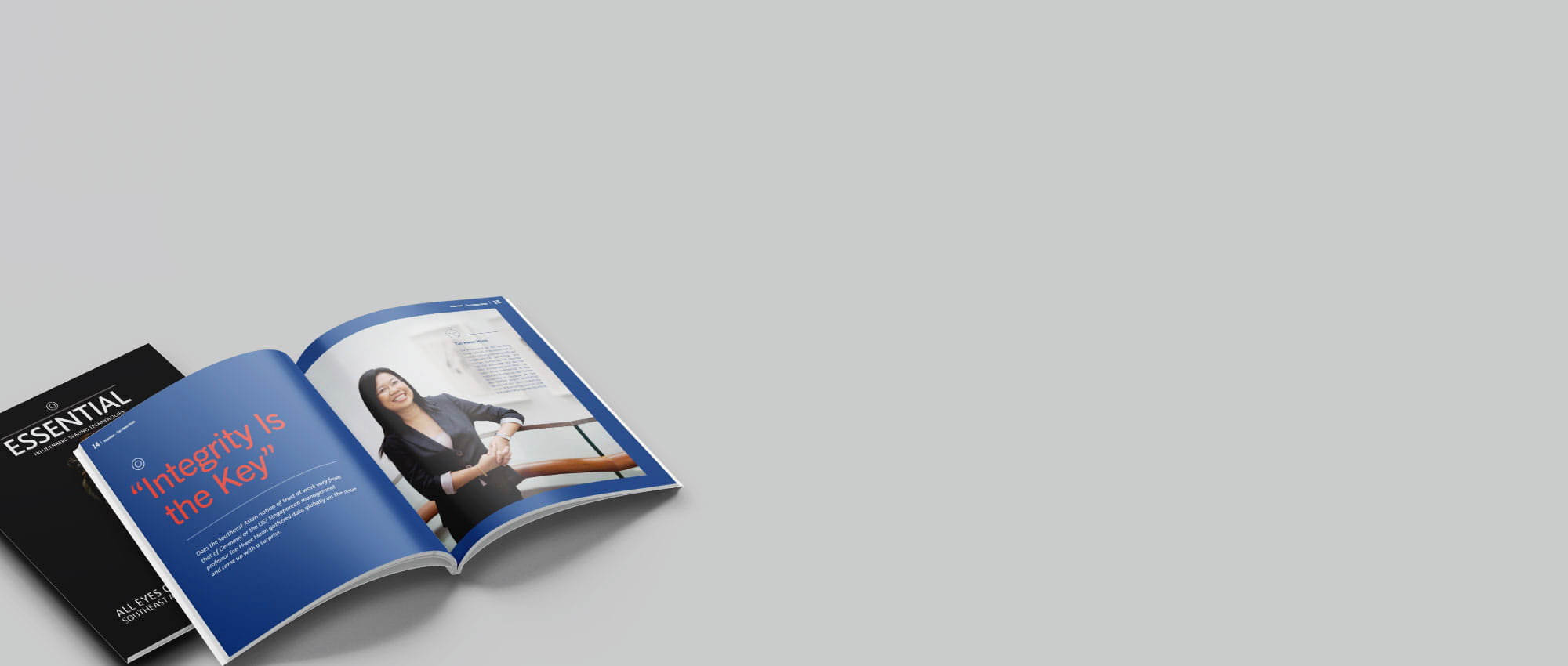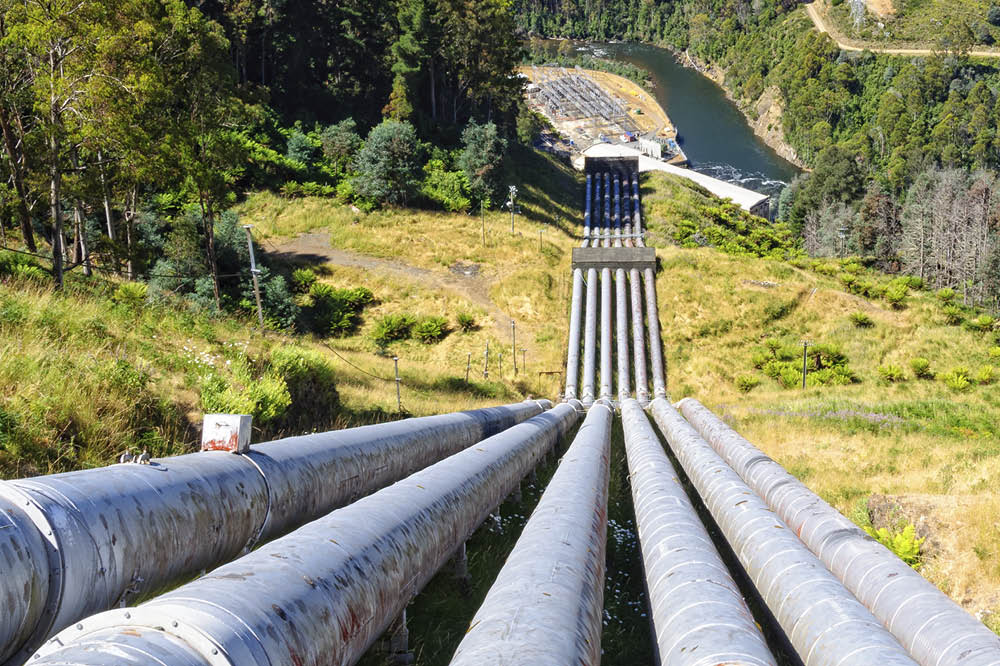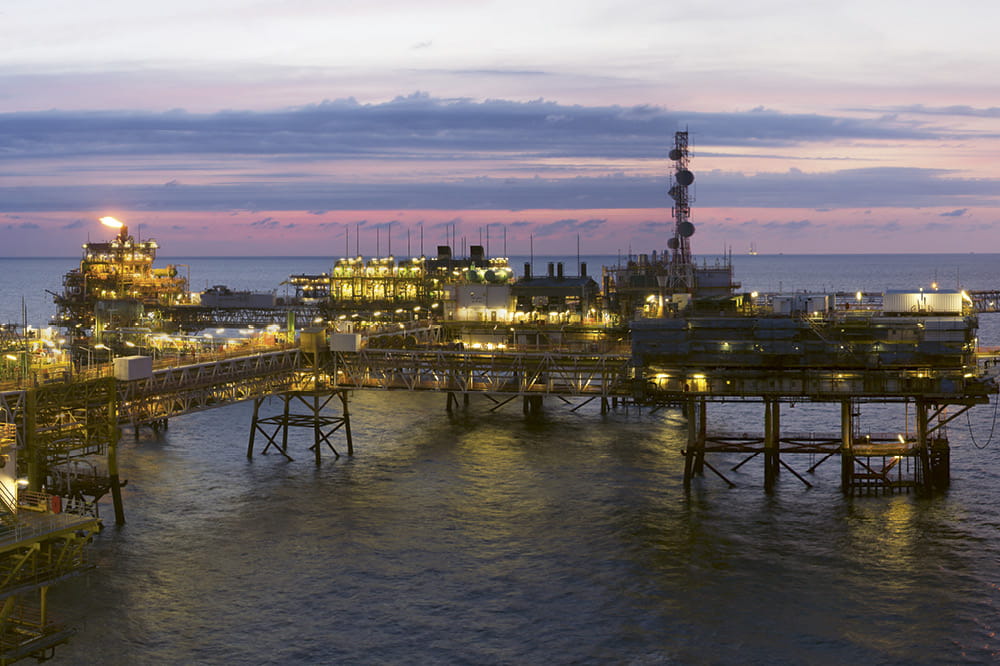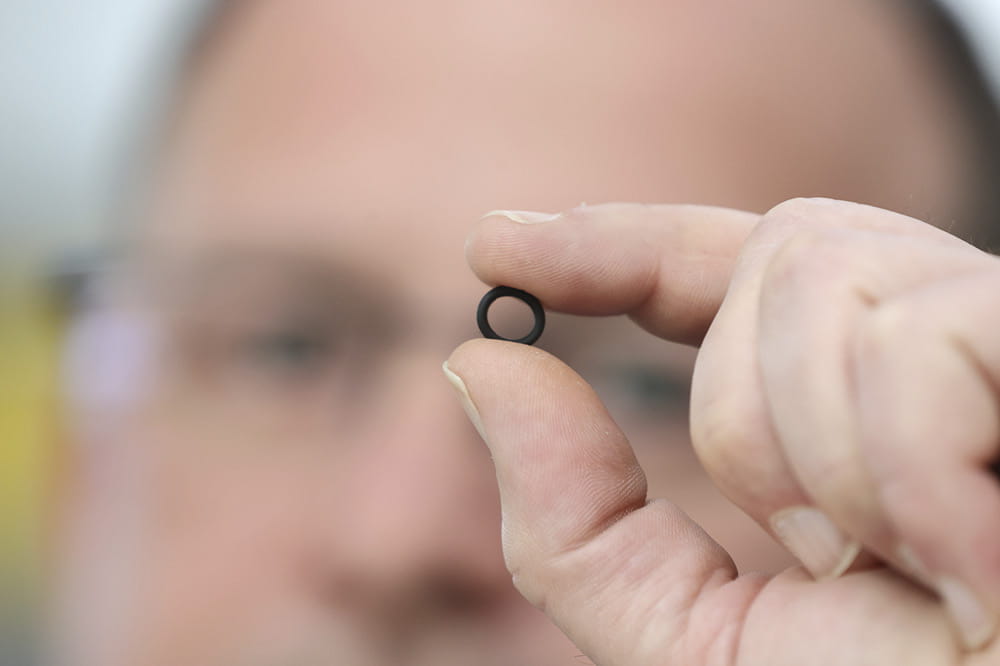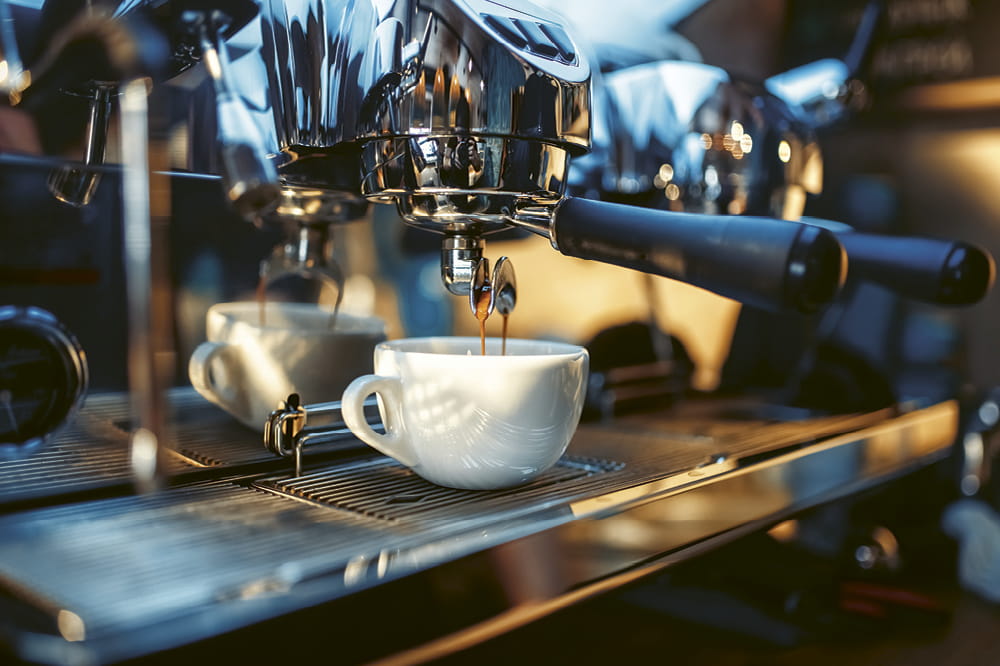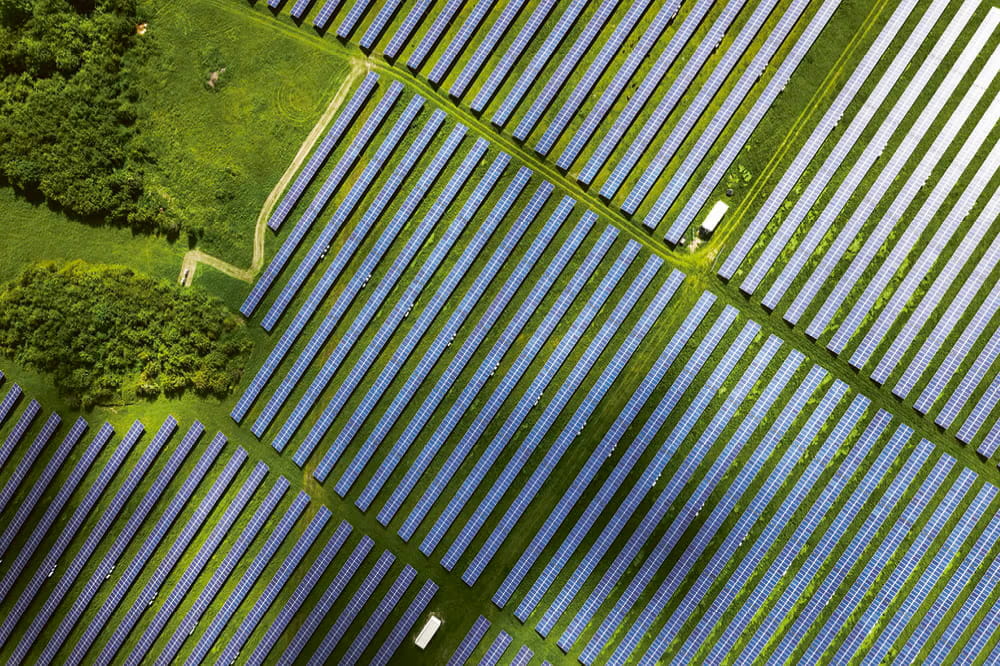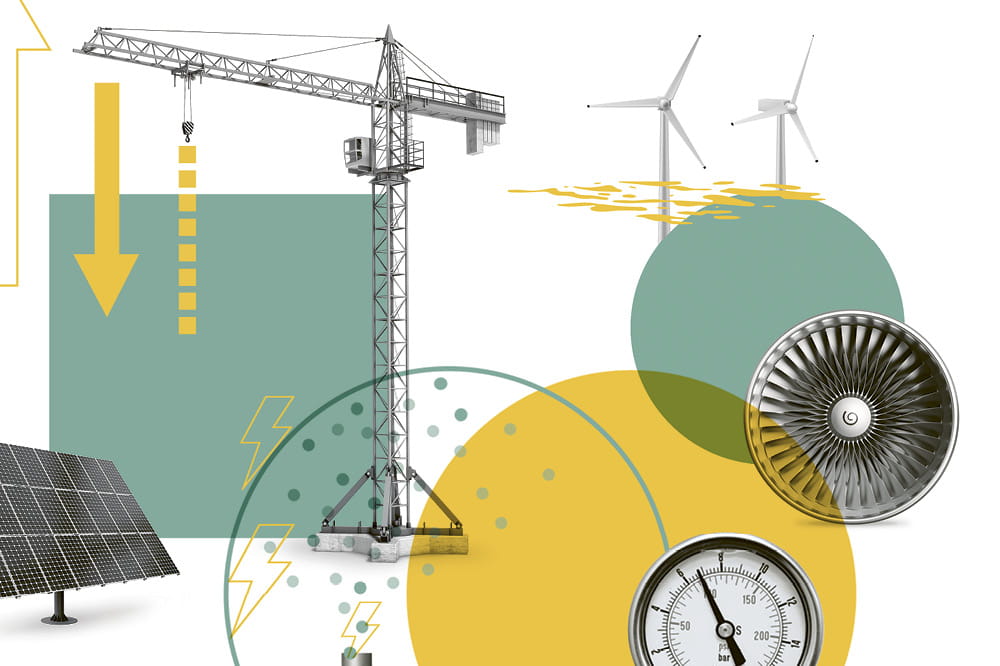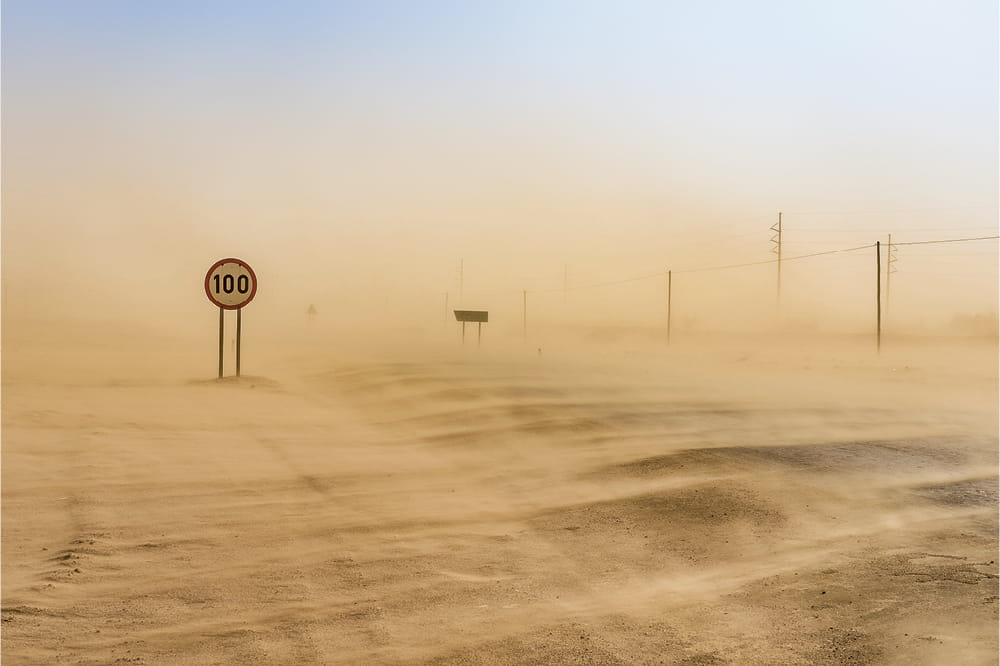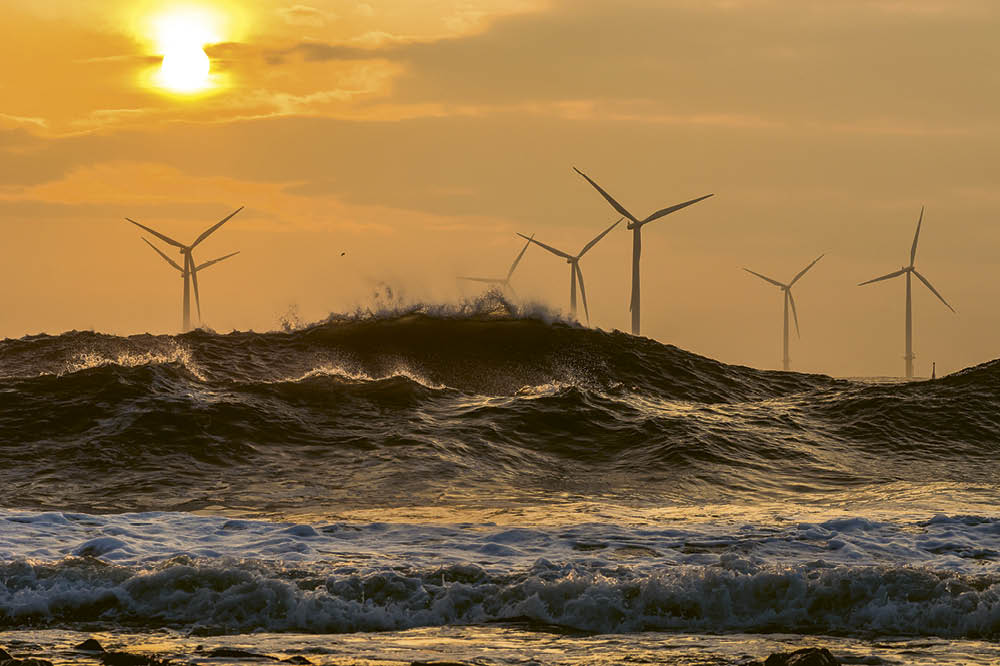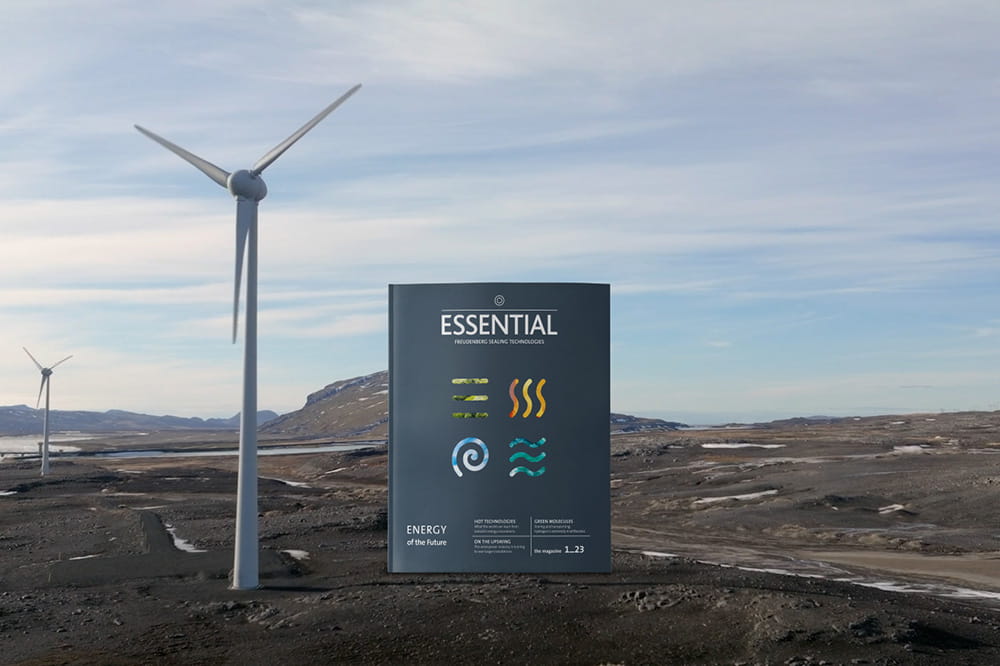Obtain news and background information about sealing technology, get in touch with innovative products – subscribe to the free e-mail newsletter.
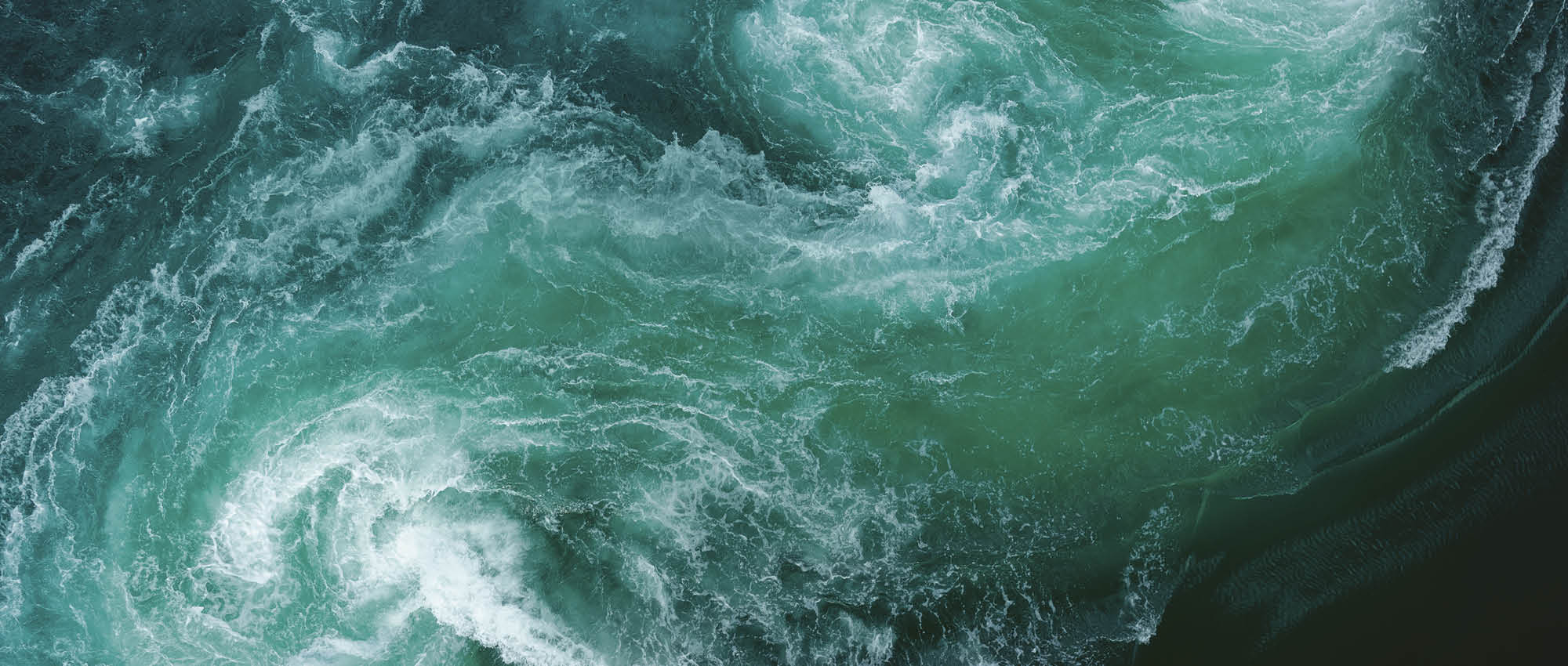
Hydropower: High-Performing and Multi-Facetted
Even if there were more photovoltaic facilities and wind turbines, most renewable energy worldwide would still come from hydropower. It goes far beyond hydroelectric dams. What are some examples of hydropower plants, what are the challenges, and how is Freudenberg Sealing Technologies moving the industry forward? A synopsis:
Key Facts on Hydropower
Before defining what we mean by hydropower and how it is used, let’s look at the facts:
- In 2021, hydropower ranked first among all the sources of renewable energy, with 40 percent of the green energy produced worldwide. Wind and solar are catching up, however.
- Based on the installed capacity of its hydropower facilities, Asia ranked ahead of Europe and North America with about 600 gigawatts.
- The leading global producers of hydro turbines are currently in Austria, Germany and France. They have a market share of about 50 percent.
- By 2050, one out of every five dams (20 percent) will be in locations subject to high flood risk due to climate change. Today, the number is one out of every 25 (4 percent).
Examples of Hydropower Facilities
If you have ever stood near the turbine of a hydropower plant, you know the power of the water. The world taps into this dynamic force at dams, hydroelectric plants, and pump storage power plants. In classic hydroelectric plants, spillways dam the water, creating a difference in water levels and generating electricity with a hydro turbine, among other methods. Pump storage power plants pump the water into an elevated basin or reservoir when the need for electricity is low and release it when demand is high. The energy output can thus be controlled. In bays, tidal power plants – which are turbine-equipped dams – are another example of a hydropower plant, though they are niche players. In this case, tidal forces drive the turbines. China, Brazil and the United States have the most installed hydropower capacity. In Europe, it is countries with high precipitation and large gradient differences that mostly benefit from hydropower. Norway and Iceland use it to cover most of their need for electricity. The figures for Austria, Switzerland and Italy are more than 50 percent.
Although wind power and solar power are rapidly catching up, hydropower is still viable for the future. Scott Sharpless, Global Key Account Manager, Renewable Energy, at Freudenberg-NOK Sealing Technologies, knows why: “African and Asian countries, including India, are following the example of China, which has accelerated its economic expansion by building large numbers of hydropower plants.” With the damming of the Congo, the Grand Inga Dam is expected to become Africa’s – and indeed the entire world’s – largest hydropower plant.
Challenges Facing Hydropower
There are also disadvantages in the realization of hydropower plants. In many locations, it takes a long time for them to be approved and actually go into operation. And then there is the fact that dams, in particular, involve huge incursions into natural areas, which can have social consequences. A study published in the journal Water points to another problem. It found that 61 percent of all of today’s hydropower plants will be in high-risk areas for extreme drought, flooding or both between now and 2050. That means plans for new plants will need to take climate change into consideration.
Still, the existing facilities have provided reliable energy so far and will continue to operate for many decades. But this makes maintenance a challenge, according to Sharpless, who cites seals as an example. “The original drawings are often missing for the turbines that were installed decades ago. So, you have to get the dimensions of the metal and draft new drawings if you want to replace the seals with complete precision.” In addition, seal technology has evolved just as materials have. You must pay attention to that issue in existing equipment. Furthermore, hydropower turbines are not produced in series. Customized solutions are in demand, as are standardized seals.
African and Asian countries, including India, are following the example of China, which has accelerated its economic expansion by building large numbers of hydropower plants.
Scott Sharpless, Global Key Account Manager Renewable Energies bei Freudenberg-NOK Sealing Technologies
The Right Sealing Solutions for Hydropower Facilities
One challenge that Freudenberg Sealing Technologies experts have mastered with their hydropower expertise: “We make custom-made parts for locks, dams and storm surge barriers, including those already in existence, in any shape or size,” Sharpless says. “Our portfolio includes long-lasting seals and applications that are installed in the widely used Francis turbine, among others, and withstand both vibration and pressure. We also provide main shaft seals and solutions for wicket gates as well as thrust and guide bearings.” The company’s Xpress business unit helps with the production of individualized solutions, which accelerates the manufacturing process. “We know what matters,” Sharpless concludes. “And that’s exactly what our customers appreciate.”
Components from Freudenberg Sealing Technologies have been installed in the following hydropower plants, among others:
- Three Gorges Dam (China)
- Carillon Generating Station (Canada)
- Sawra Kuddu Hydroelectric Project (India)
- Danube Sluice „Iron Gate Dam“ (Romania)
More Stories About Renewable Energy
